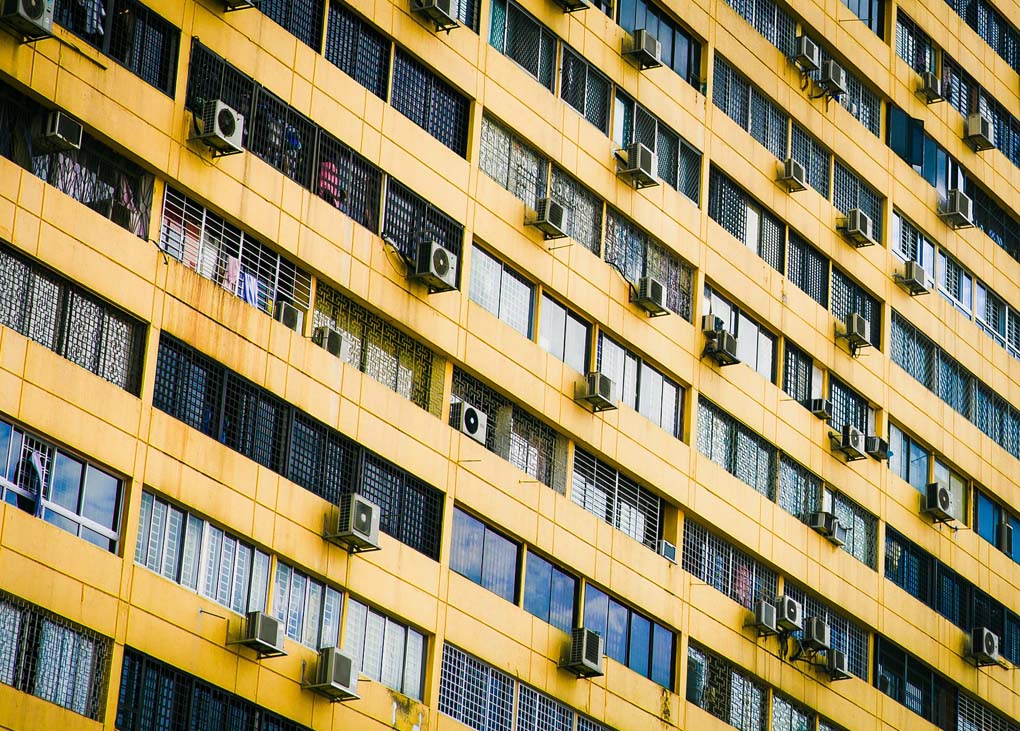It is estimated that 4.8 billion new units of cooling equipment will be sold globally between 2019 and 2030. Annual sales are expected to hit 460 million units, up from 336 million unit sales in 2018.
The forecasts appear in a report titled The Cooling Imperative, produced by The Economist Intelligence Unit (EIU) and sponsored by the Kigali Cooling Efficiency Program (K-CEP). The study quantifies cooling demand and predicts how it will grow until 2030, globally and in six key markets: the US, Japan, India, China, Mexico and Indonesia. It also analyses demand across residential, commercial, industrial and mobile sectors, looking at both AC and refrigeration.
Eyes on China, India and Indonesia
Using panel data regressions, and taking advantage of other IEU economic data, the report estimates strong growth in HVAC&R over the next decade, driven by climate change, urbanisation and income growth. It predicts that total market sales could reach almost US$170 billion in 2030, up from $135 billion in 2018.
“In an absolute sense, China will drive demand,” says the report. “However, the relative pace of growth will be faster elsewhere – for example in India and Indonesia.”
An annual growth rate of 3.1 per cent is predicted for China, 5.6 per cent in India, and 5.1 per cent in Indonesia. In contrast, growth of 1.4 per cent and 1.1 per cent is forecast for Japan and the US respectively.
Strongest growth in refrigeration
The report notes that individuals are the largest source of cooling demand.
In 2018, domestic refrigeration and residential AC was found to account for 62 per cent of total cooling demand. But looking ahead to 2030, the report predicts that the industrial and transport refrigeration sectors will grow the fastest of the eight sectors analysed, with 5.1 per cent and 4.8 per cent annual growth rates, respectively.
Much of the demand is driven by developing countries striving to improve living conditions. This includes preventing systemic food loss, spoiled vaccines and medication, and improving children’s learning and employee productivity.
But the report also highlights the need to close the “cooling gap” in a sustainable way.
“If the world is to scale up access to cooling without exacerbating current levels of emissions, policymakers, companies and individuals must transition to more efficient climate-friendly models.
“First, they must take steps to reduce the need for cooling – for example, through better building design and behaviour change.
“Second, they must shift to forms of cooling with lower emissions – for example, by replacing HFCs with climate-friendly alternatives.
“Third, they must improve the efficiency of cooling, by deploying new technologies and harnessing waste thermal resources.
“Finally, they must protect those most vulnerable to a lack of cooling – for example, through more inclusive business models.”
The findings of the report reinforce the message in the International Energy Agency report The Future of Cooling, which predicted that the global stock of air conditioners in buildings will grow to 5.6 billion by 2050 and warned that the world will face a “cold crunch” as it attempts to satisfy growing demand.
To read The Cooling Imperative report, click here.
 Mark Vender
Mark Vender


Leave a Reply